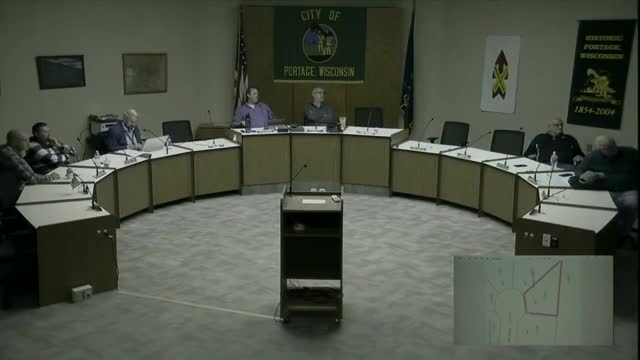Building Variance Sparks Controversy in New Subdivision
November 05, 2024 | Portage City, Columbia County, Wisconsin
This article was created by AI summarizing key points discussed. AI makes mistakes, so for full details and context, please refer to the video of the full meeting. Please report any errors so we can fix them. Report an error »

In a recent government meeting, discussions centered around a proposed variance request for a new home on an irregular triangular lot. The current zoning code mandates a 40-foot rear setback, but the applicant is seeking to reduce this to just 3 feet, representing a 14% variance. Proponents of the variance argue that the unique shape of the lot, which is adjacent to wetlands and a dog park, creates an unnecessary hardship that justifies the request. They emphasized that the variance would not negatively impact neighboring properties, as the home would be situated against a private drive and walkway.
However, dissenting opinions emerged during the meeting, particularly from a member who strongly opposed the variance. This member contended that the lot was not suitable for the proposed house size and that the planning commission should have considered the implications of such irregular lots more thoroughly. They expressed concern that approving the variance could set a dangerous precedent for future developments, allowing builders to bypass zoning regulations by claiming hardship on newly created lots.
The debate highlighted the tension between accommodating new developments and adhering to established zoning laws. The opposing member argued that true hardships typically arise from existing structures, not from new constructions that do not fit the designated lot size. The meeting concluded without a definitive resolution, leaving the fate of the variance request uncertain as further discussions are anticipated.
However, dissenting opinions emerged during the meeting, particularly from a member who strongly opposed the variance. This member contended that the lot was not suitable for the proposed house size and that the planning commission should have considered the implications of such irregular lots more thoroughly. They expressed concern that approving the variance could set a dangerous precedent for future developments, allowing builders to bypass zoning regulations by claiming hardship on newly created lots.
The debate highlighted the tension between accommodating new developments and adhering to established zoning laws. The opposing member argued that true hardships typically arise from existing structures, not from new constructions that do not fit the designated lot size. The meeting concluded without a definitive resolution, leaving the fate of the variance request uncertain as further discussions are anticipated.
View full meeting
This article is based on a recent meeting—watch the full video and explore the complete transcript for deeper insights into the discussion.
View full meeting
